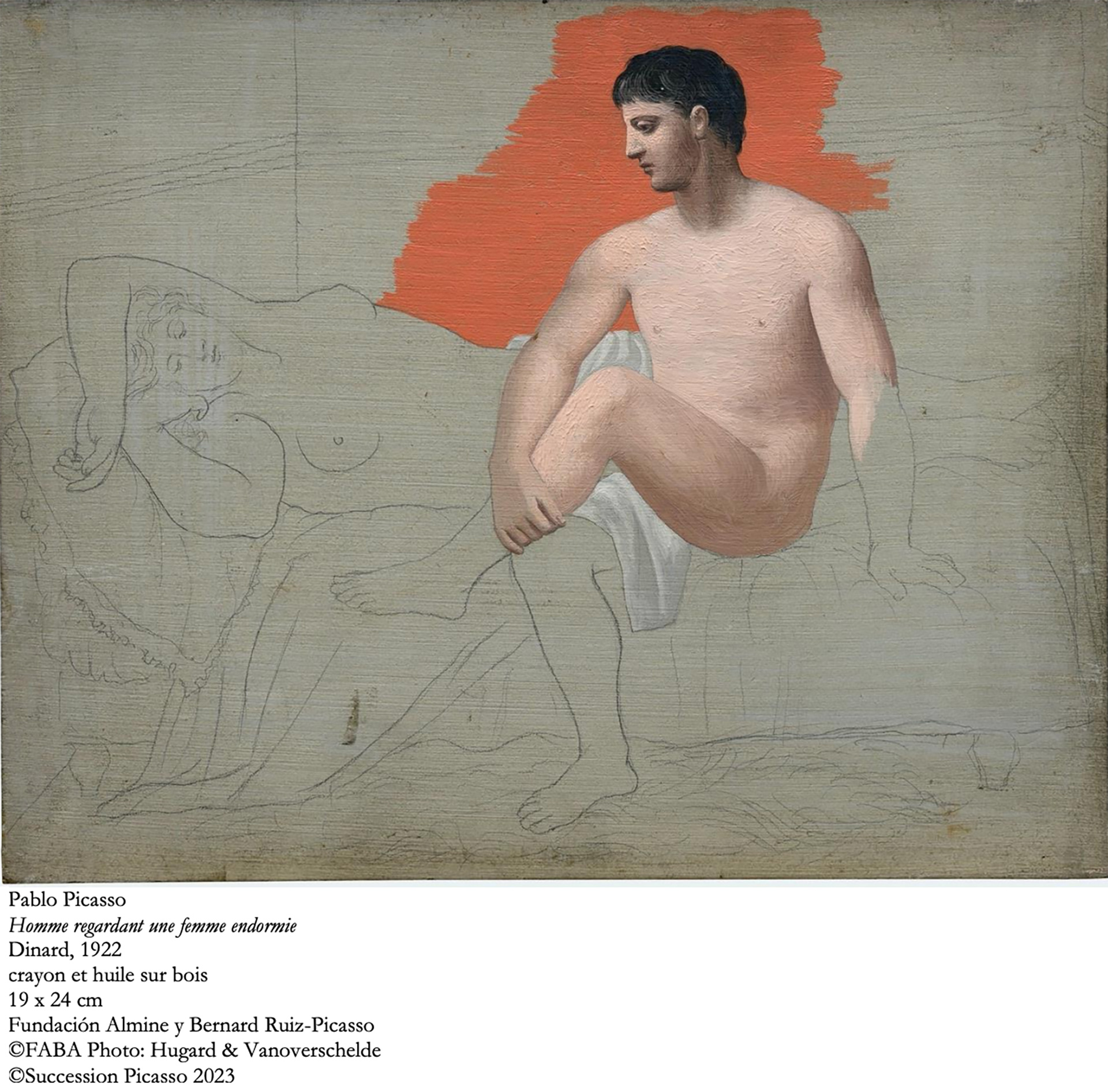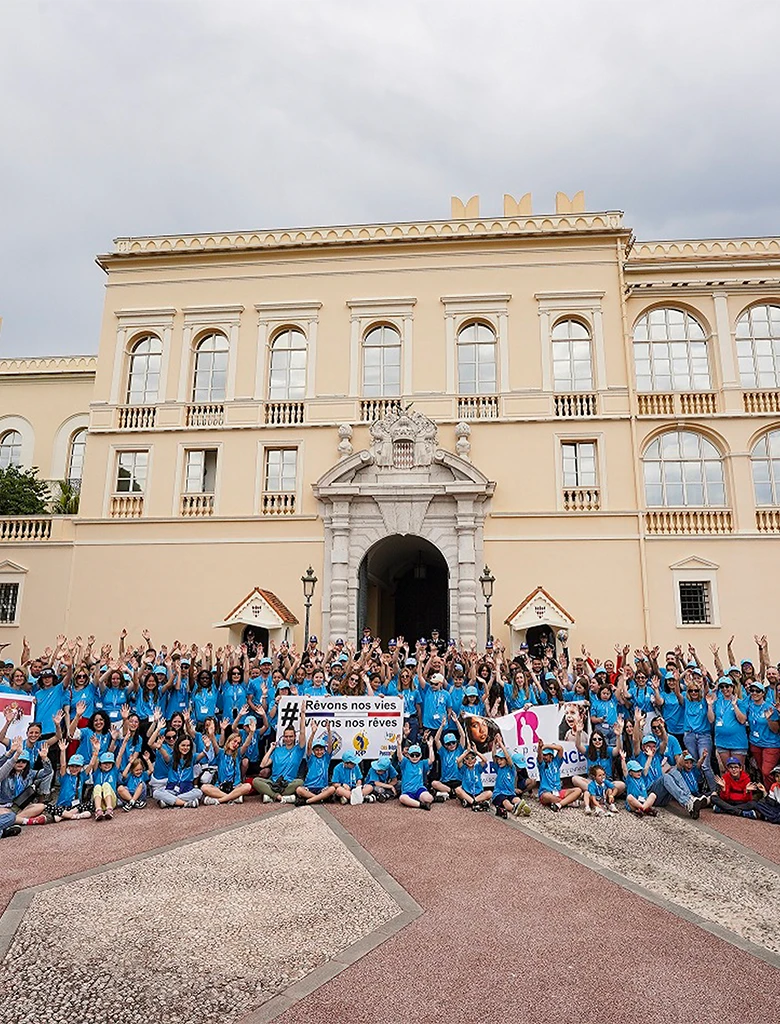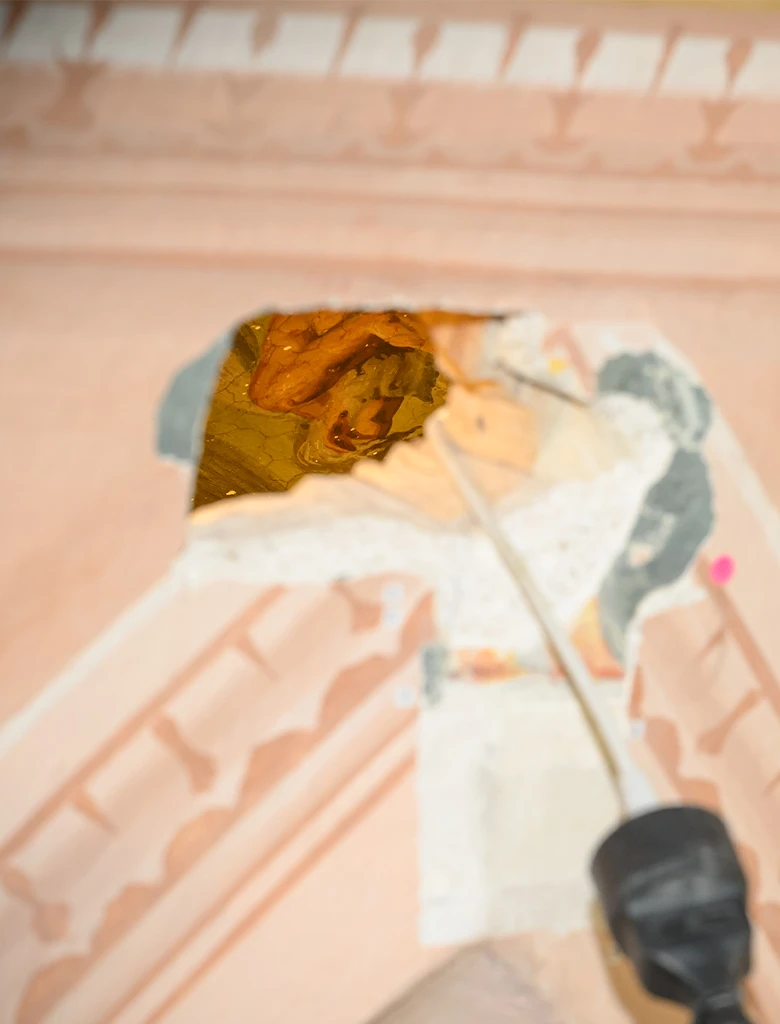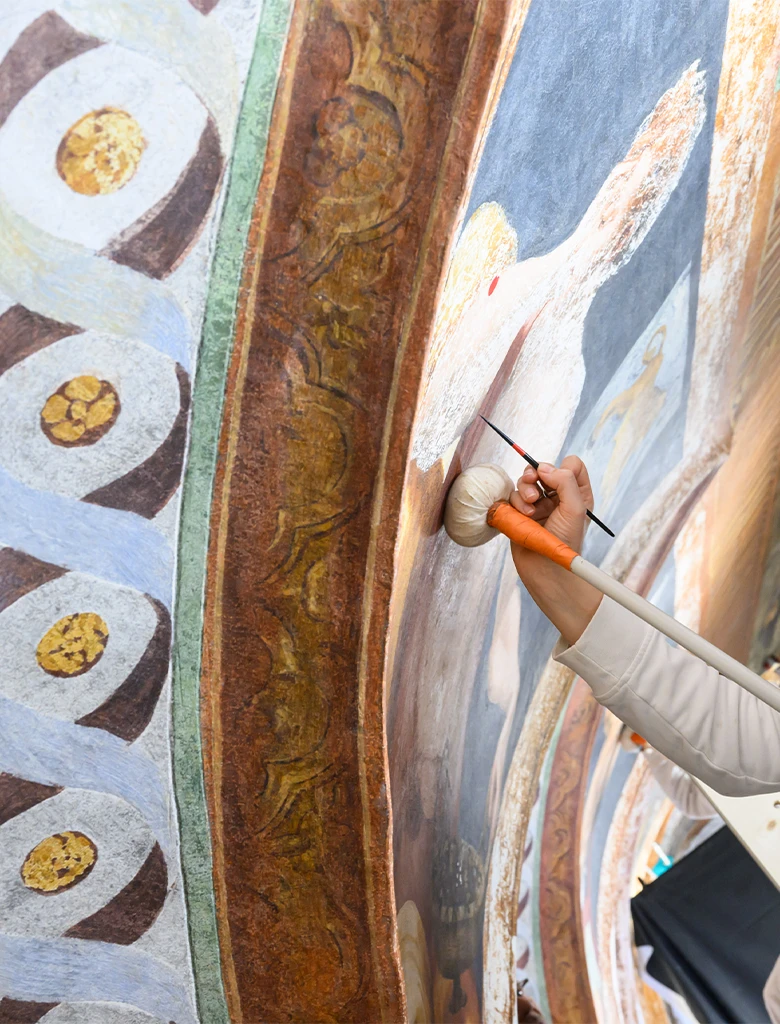Pablo Picasso and Antiquity 16 September – 15 October 2023
Exhibition Palais Princier, Monaco Fundación Almine y Bernard Ruiz-Picasso
Widely celebrated for his contributions to modern art, Pablo Picasso frequently engaged with the heritage of ancient Greece and Rome throughout his career. He did so both in terms of style and subject matter: mythological figures, Classical compositions, and naturalistic visual idioms abounded in the artist’s prolific oeuvre, which spanned almost eight decades. Picasso was first introduced to the works of Classical artists in the late 19th century when he was schooled in the academic tradition. His early encounters with these works were through black and white reproductions or casts that presented Classicism as a colorless and relatively polished aesthetics. At that time, art academies upheld Classicism as a coherent style worthy of emulation and prompted students to adopt what they saw as Classical art’s inherent formal clarity, visual harmony, and compositional balance – all of which were taken to communicate the soundness and ideological purity of Greco-Roman civilizations.
However, this portrayal was highly mediated and often skewed to reflect an idealized notion of the Classical past as the foundation of modern Western culture. When Picasso visited archeological sites in Rome, Naples, Pompeii, and Herculaneum in 1917 as the First World War ravaged Europe, he was confronted with aspects of ancient Greek and Roman visual culture that his academic training had elided: colorful wall paintings, fragmented sculptures, eroded surfaces, and buried buildings stood in these once powerful yet dilapidated urban centers. These ruins provided a corrective to the alleged coherence and imperviousness of Classical culture and encouraged Picasso to understand its legacy in terms of rupture rather than integrity.
This exhibition proposes that Picasso’s close encounter with Classical vestiges in Italian archaeological sites informed a generative approach to Classicism that foregrounded notions of erasure, resilience, and recovery in the face of environmental, social, and political change. Following his travels to Italy, Picasso frequently referenced Greco-Roman artworks through his adoption of a classicizing style and depictions of mythological subjects as well as through representations of isolated limbs reminiscent of antique sculptures and eroded, sedimented surfaces evoking ancient wall paintings. In these ways, the artist redefined the visual heritage of the Classical world as a recognizable yet fluid compendium of partial images to be recovered, reinterpreted, and reconstructed.
Installed alongside the newly restored 16th-century frescoes of the Palais Princier in Monaco and centering selections from the collection of the Fundación Almine y Bernard Ruiz-Picasso (FABA), and a painting coming from the Nahmad Collection, Pablo Picasso and Antiquity offers a stage for Picasso’s insights into the survival, legibility, and transformability of ancient artifacts in spite of historical disruption and material distress. The exhibition explores themes of ruin and decline as well as of endurance and renewal in relation to Picasso’s distinctive takes on Classicism in a variety of mediums from the post-WWI period to the 1950s. In so doing, it illuminates the radical ways in which the artist reimagined the heritage of the Greco-Roman world through subjects, style, and materials as he contradicted the dogmatism and idealism of the academic tradition.
Pablo Picasso and Antiquity is organized by the Fundación Almine y Bernard Picasso and curated by Francesca Ferrari, with exhibition design by Cécile Degos. The exhibition is part of the international collaboration Picasso Celebration 1973-2023 on occasion of the 50th anniversary of Pablo Picasso’s death.







